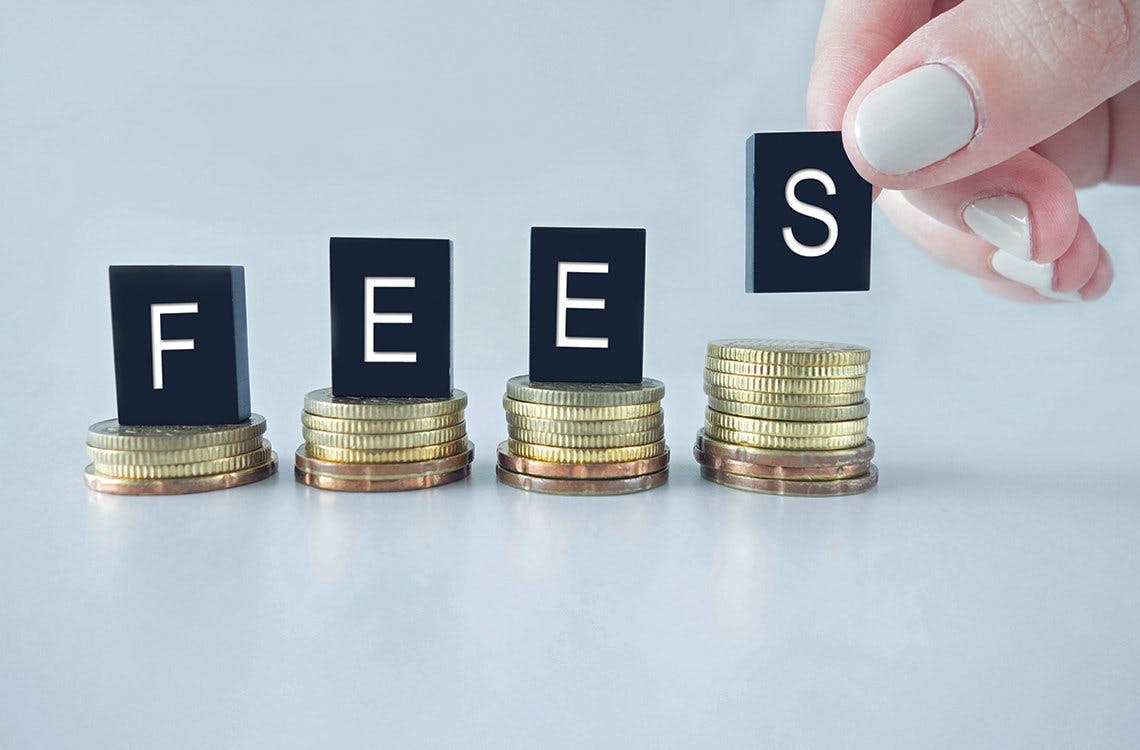
Hidden Digital Payment Charges Could Drive a Return to Cash
The COVID-19 pandemic has driven a rise in digital payments, but a study from travel agency Amadeus suggests the trend may not last, with the majority of respondents saying they will return to cash payments when the pandemic subsides.
According to the 2020 Amadeus Travel Payments Guide, 84 percent of travellers are currently utilising non-cash payment methods, such as contactless or mobile. 55 percent of these intend to resume cash usage when possible, citing a desire to keep track of how much they are spending as a key reason, alongside uncertainties around foreign exchange fees and hidden costs.
Nearly a third (32 percent) said card payments are too expensive to use abroad, and the same number were worried about card fraud and looked forward to a return to cash. Reinforcing the value of cash for budgeting, 40 percent felt card payments leave uncertainty over the true final cost of a holiday.
As our global survey of COVID-19 travellers has shown, many consumers would consider returning to cash due to hidden charges such as FX fees.
From April 2020, European Union regulations have required banks and brokers to show total currency conversion costs as a percentage mark-up over the latest foreign exchange reference rates from the European Central Bank whenever a shopper makes cross-border payments within the EU. From April 2021, this information will also be shared with the cardholder as rapidly as possible. While this will help travellers make informed payment decisions, it does not extend beyond the EU, and still requires mental arithmetic and record keeping that are considerably more complex than opening a wallet to check how many notes and coins remain.
Local payment preferences will also have an effect on travellers’ payment choices. The Philippines, for example, is highlighted in the study as being strongly reliant on cash. 37 percent of its $3.82 billion B2C e-commerce is conducted in cash, with bank transfers the next most popular at 29 percent. Cards are used for 22 percent of payments, with e-wallets and other methods making up 12 percent combined.
